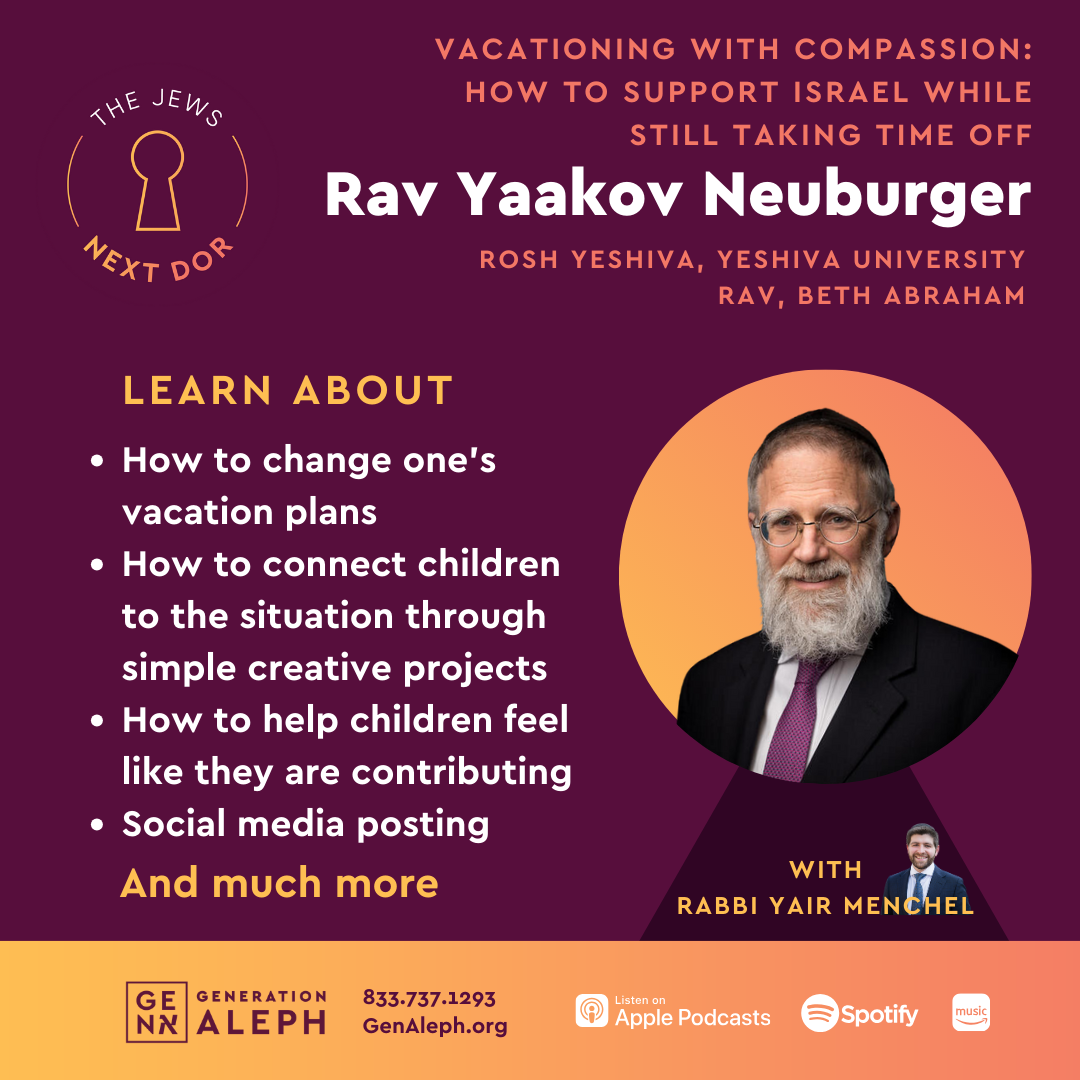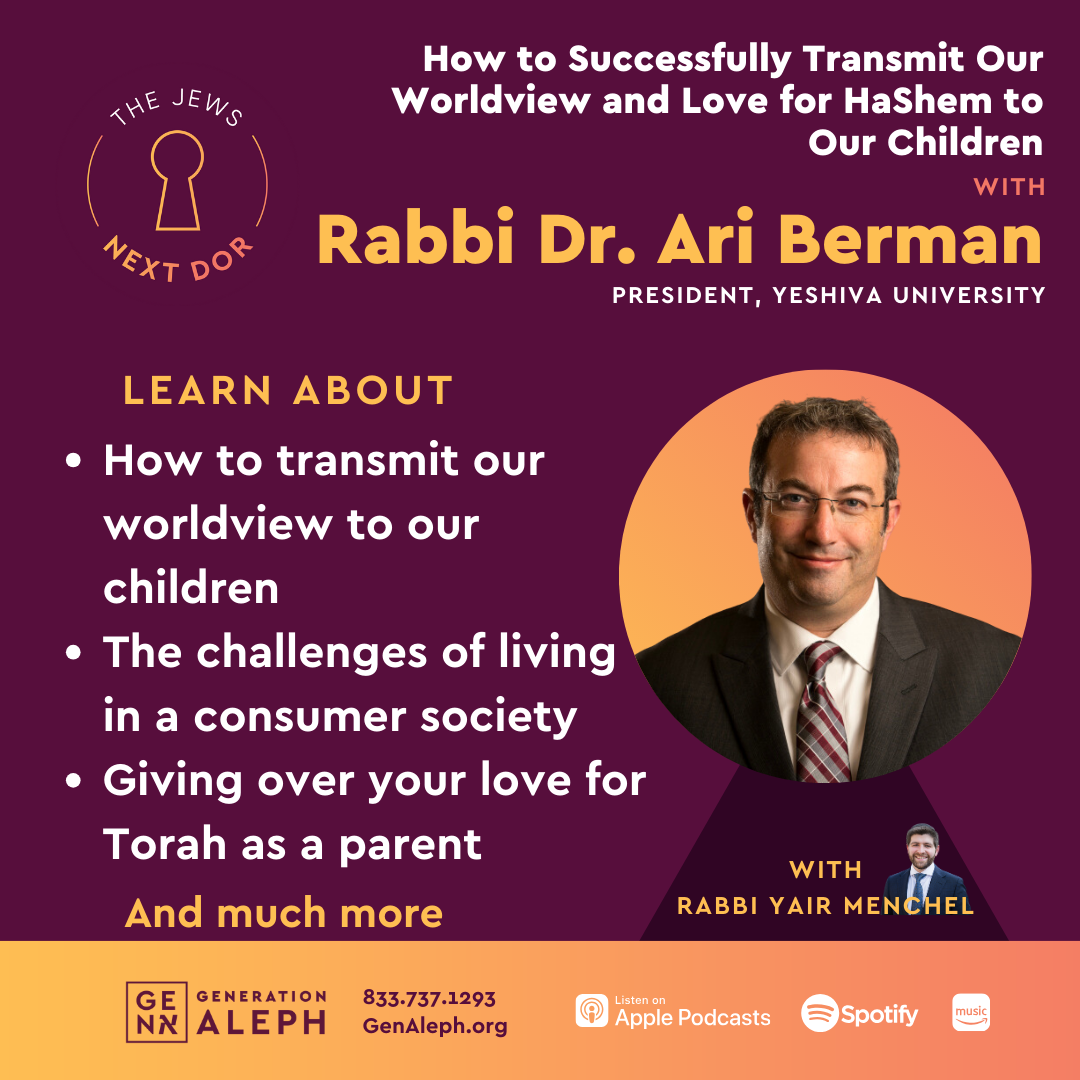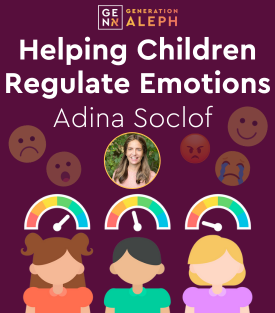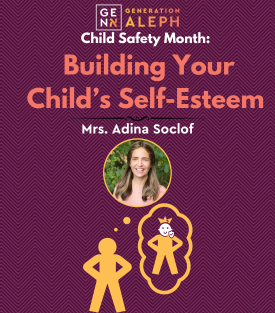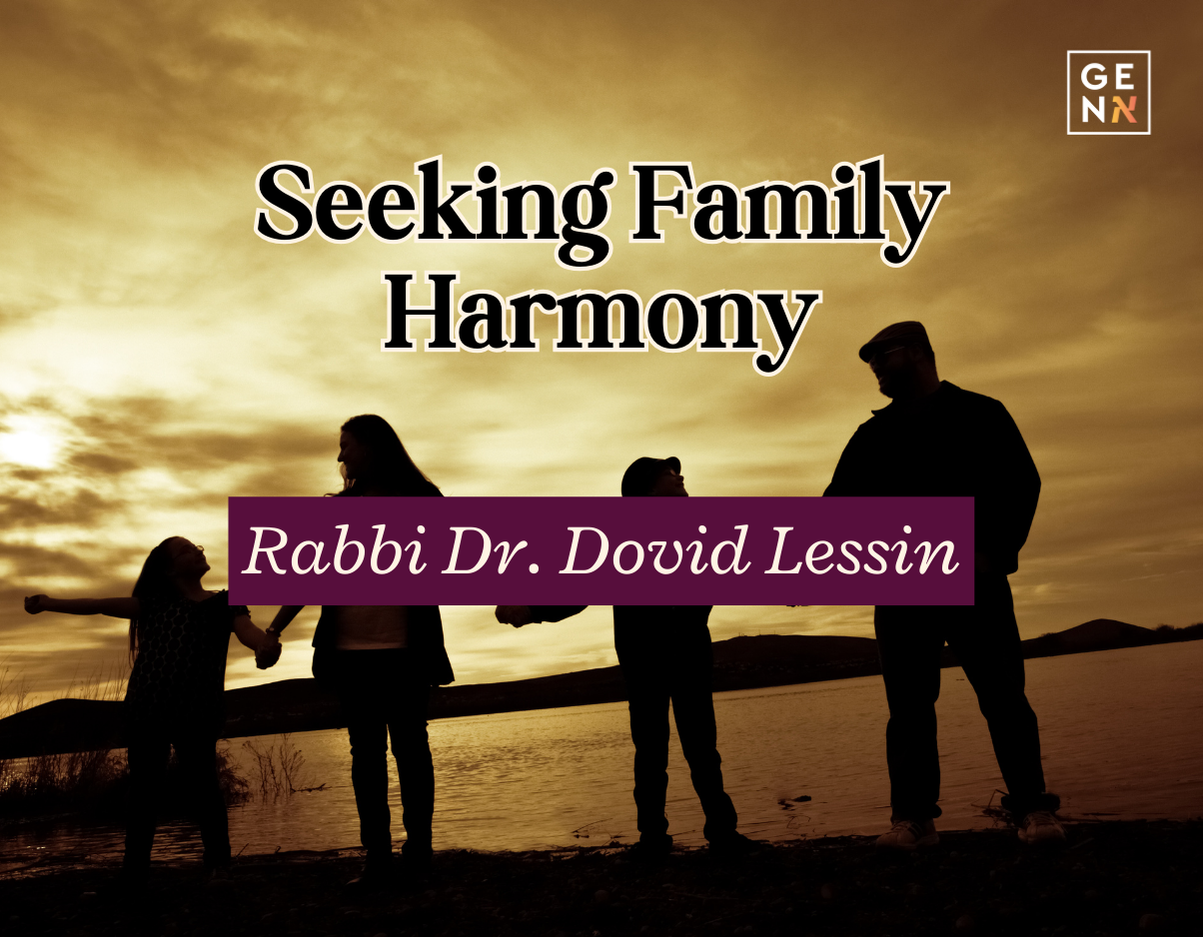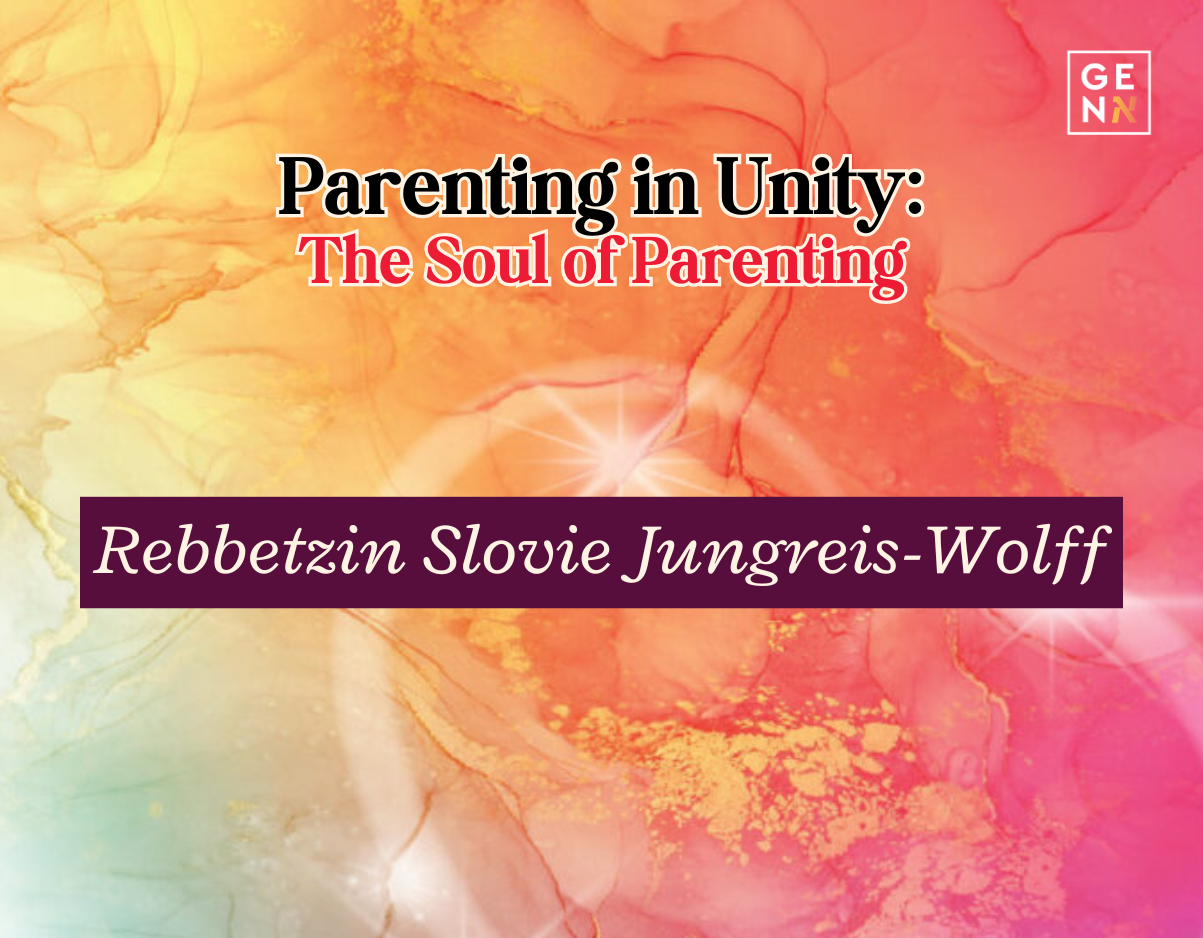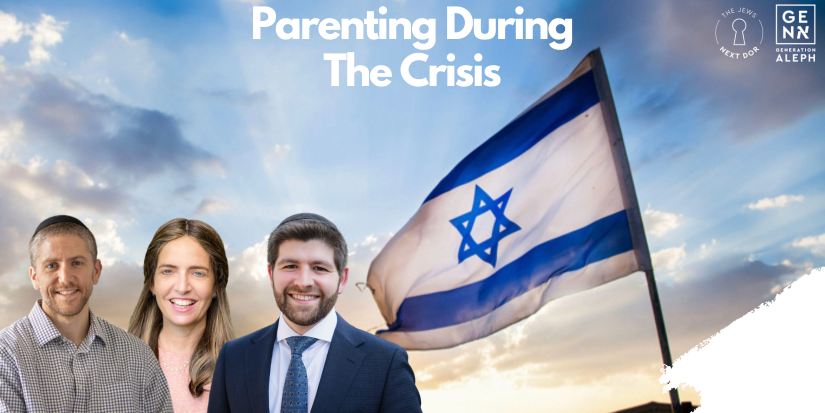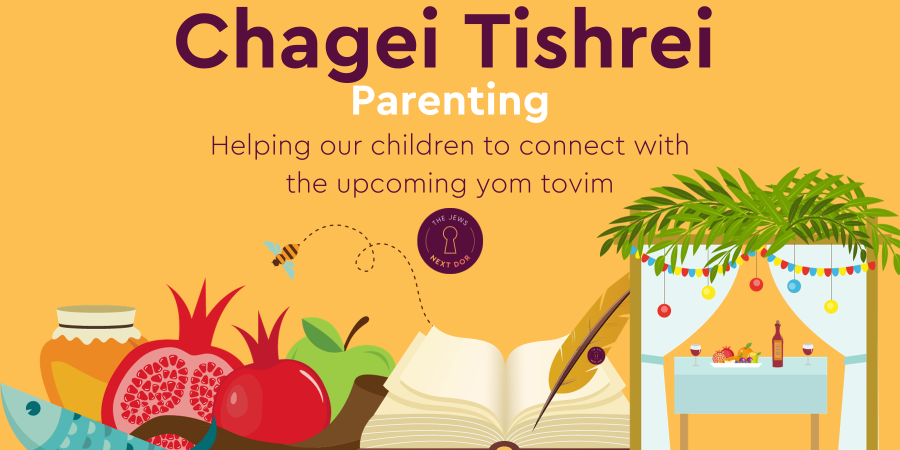Early in my family therapy training, I realized that growing up in a family did not necessarily mean I understood one. As an intern, I quickly found myself knee-deep in family dynamics jargon – circular causality, differentiation, triangles – concepts designed to help me make sense of what I was looking at when watching families operate (or struggle to). Observing family therapy was like having a front-row seat to a private production, where a cast of real people bravely wrestled with the vicissitudes and entanglements of actual family life in all its familiar messiness. Sitting there spellbound by the unfolding drama, it occurred to me that had I met any of these members individually, I would likely have come out with a different picture than the one I had after seeing them interact within the family unit. Without realizing, I had stumbled upon a core tenant of family work: to fully understand a person, we must understand their context.
Most of us intuitively know this. We get that background makes a difference, that no one springs into existence just before we meet them, that we are all molded to some degree by the families we grow up in, and that if you’re a therapist, hearing a person’s story will probably provide some clues as to how you might help them.
But the pioneers of family therapy went a step further (thank you, Murray Bowen). They taught that context shapes character and that a person’s place in their family system is the best way to understand them as individuals (some even claimed that there was no such thing as individuals, only interacting parts of a whole, but we won’t go there now). This outside-in approach – thinking of problems as existing between people and not only within them – flipped how we look at personal development, regarding families as the central movers of that process.
In psychotherapy, making sense of our formative relationships is often integral to knowing ourselves better. We are all products of a unique family, with a self-contained culture shared only by the members of this relatively small, idiosyncratic club. This exclusive society has its own array of quirky characters, shared rituals, and collective memory. Putting together a cohesive narrative of ourselves often includes asking: Which family bonds have shaped us? Who were the key players in our story? How were we affected by them, and how did we affect them in return? How might we still be living within those relationships?
We bring our families with us
As these questions rolled around in my head, I began to realize their relevance not only to family therapy but to individual work as well. Because there were times when even though I would sit with one person, it felt as if three or four were in the room. The tip-off was usually when a client would talk in extreme terms, often in ways that were not like them, or say something exaggerated. It felt as if they were suddenly speaking from somewhere else: “I should never have tried; I’m such a failure.” “If I do that, I know something bad will happen.” “I feel terrible that I may have hurt her, even though she insists I didn’t.” “It’s all my fault.” Hearing these abrupt shifts was like witnessing a thought invasion, in which foreign voices had infiltrated my client’s mind, making them think and speak in absolute, rigid terms. What was happening?
It turns out that our families continue to live with us even after we no longer live with them, to the point where grappling with a part of ourselves and with a particular family member often ends up being the same thing. A parallel process exists between our external and internal family (shout out to Richard Schwartz), whereby the neat bifurcation between individual and family work no longer strictly holds. Sure, therapists can sit with an individual in therapy, but the messages this person may be telling themselves are often holdovers from an earlier time. “Where did you learn that idea?” we might ask them. We often discover that our brain has imported it from the way a family member used to speak or behave (or still does). Somewhere along the way, usually at a young age, the extreme sentiment was absorbed into the person’s mental dialogue, informing how they speak to themselves and probably others.
There’s a saying in psychotherapy, “If it’s intense, it’s yours.” When our reactions are stronger than the situation would indicate, it pays to ask ourselves whether we’re reacting to a current stressor or really responding to something in the past. We may be stuck in a former time, still reacting to a situation we’re no longer in or to a family member that isn’t actually here, but who has just walked into the room of our minds, invited by a comment from our spouse or child that feels eerily familiar (and scary). When that happens, we may appear present, but in our psyche, we’ve been transported to another time and place entirely.
Looking for harmony
Just as internal systems and external families follow many of the same rules, so too are they ultimately trying to achieve the same thing: harmony.
Internal harmony is what we call menuchas hanefesh, the balanced state of being that emerges when we make peace among the warring parts within us. It’s tragic how much we fight with ourselves, often because we’re not sure how to conduct the ongoing symphony (or cacophony) taking place between our ears. We have wind instruments urging us to play faster, strings begging us to slow down, percussions getting louder to drown out the others, and brass feeling fed up with all the noise and trying to kick everyone off the stage. Each one wants to take over, leading to our fair share of skewed judgment or impulsive behavior. We feel pulled in different directions, like a raucous family car trip unfolding in our heads.
Menuchas hanefesh stems from acknowledging the beautiful sounds of each part of ourselves and bringing them into harmony in the way we live. It does not require the absence of external stimuli (no Tibetan monasteries needed), nor does it mean that we always strive to feel the same thing. Rather, it’s a process of learning to move with the ebb and flow of life in a way that feels synchronous with how we want to be in each moment. Instead of fighting with ourselves, we decide to dispatch our various internal instruments in ways that meet the demands of life as best we can without losing our cool or reacting in ways we later regret. We tune into ourselves to know when to take a break, when to push forward, when to play softer, and when to blast our tune. Menuchas hanefesh is about being the conductor of our internal world and remaining at the center of our orchestra of characteristics, directing each to play at the right time so that the music we produce through how we live is harmonious and pleasant.
Easier said than done, you’ll say. And you’ll be right, but we must first describe the goal of menuchas hanefesh before figuring out how to take the first step. In practice, every time we slow down and check in with our internal conductor (called Wise Mind in therapeutic literature), we have increased our chances of moving through the concert of life with a bit more presence, harmony, and grace.
Seeking family harmony
What about families? Is it true that we’re all trying to find harmony at home? The answer is emphatically yes. Though we may not think of it, the conflict we experience in our families is an ongoing struggle for equilibrium. Each of us is trying to figure out how to balance our needs with those of the people we love, how to be individuals while also feeling like part of the whole, and how to work together in a way that leaves room for different viewpoints and opinions. Family functioning is a dynamic, ever-changing, complex journey of several people under one roof trying to grow and do their best while not bumping into each other too often and hopefully even contributing to each other’s well-being. It’s incredibly hard work, and there is no perfect system. But it helps to know that each family member is a necessary part of the music we make together.
We want each person in our family to know that they have a rightful and important place in our home, and that our unit is not complete without them. In this sense, families represent our deepest yearning to belong. Rabbi Yoel Schwartz points out that in every living soul there exists a desire to connect to its root. In humans, this drive manifests through wanting to be connected to ourselves, to Hashem, and to where we come from. Because our root is the source of our sustenance, much like we see in the natural world. Each branch of a tree relies on its base to infuse it with nourishment, with which it can extend into the world, produce fruit, and provide shade for others. It thrives only inasmuch as it remains joined with the trunk, not a separate, self-contained unit. A branch can be severed and planted elsewhere, but it will never be as vibrant as when it was securely attached to its origin of strength.
Coming home
I was reminded of what it means to belong not too long ago. It turns out that once children go off and start their own families, it’s rare to have an event in which just the nuclear family is together. But it can happen.
And so we found ourselves one Friday afternoon, all making our way to my parents’ kitchen (the center of every Jewish home) for a Shabbos of just “us.” No spouses, no kids. Only the originals. Traveling from different locations, some quite far away, we gradually appeared, one at a time, each pulled by the inaudible call of family togetherness.
And then it happened. As the last person entered, everyone froze. Something clicked that was indescribable and completely right. Standing around the room in stunned silence, we all experienced the joy of the assembled whole, with all its divergent parts, where – in all our smiley giddiness – no one could say much more than, “Woah.” But we all knew it, we all belonged, and no more words were needed.
Basking in the glow of this rare event left me thinking that with all the people we meet and love in life, no one knows where we come from the way our families do. No matter how old we get, they will always be our context. We will forever be part of each other’s lives, loving each other through it all, no matter what strong emotions muddy the waters along the way. To this family we belong – we need them and they need us. Friends change, families don’t.
Sadly, most of us know of family rifts that have led to deep hurt and even estrangement. We can’t judge anyone who has made the gut-wrenching decision to cut ties with their family due to the pain it would cause to maintain contact. We pray that healing happens and harmony is restored, even for those who currently feel no hope. At the same time, we must do what we can to cherish the families we have, because we only get one. These are the people that were sent to us, and we to them, with whom we must struggle for harmony, from whom we derive our history, and because of whom we are bound to grow.
They say that the heyday of family therapy is over, but the focus on family has never been more important.
__________
Rabbi Dr. Dovid Lessin, PsyD, holds a doctorate in Clinical Psychology and is a certified psychotherapist with a private practice in Jerusalem and Modiin, Israel. He specializes in treating couples as well as adult men and adolescents. He lives in Sha’alvim with his wife, Adina, and their four children. Check out his work at https://www.lessintherapy.com
Submit your questions
"*" indicates required fields

